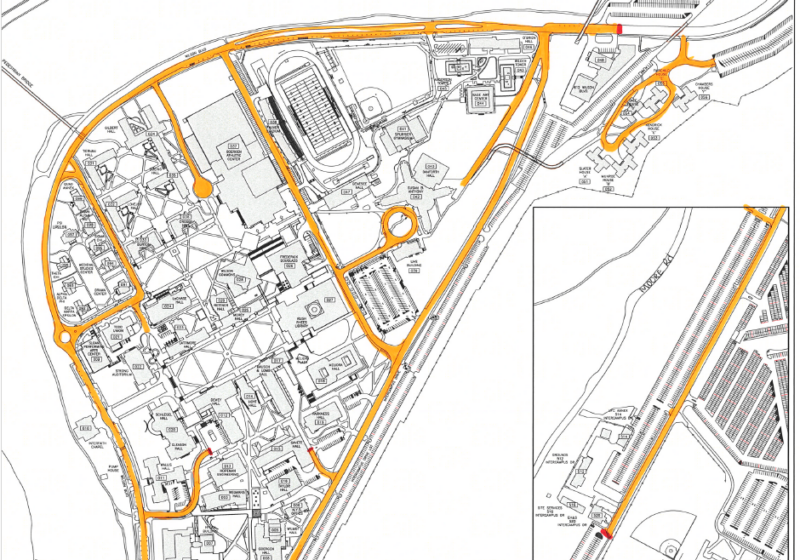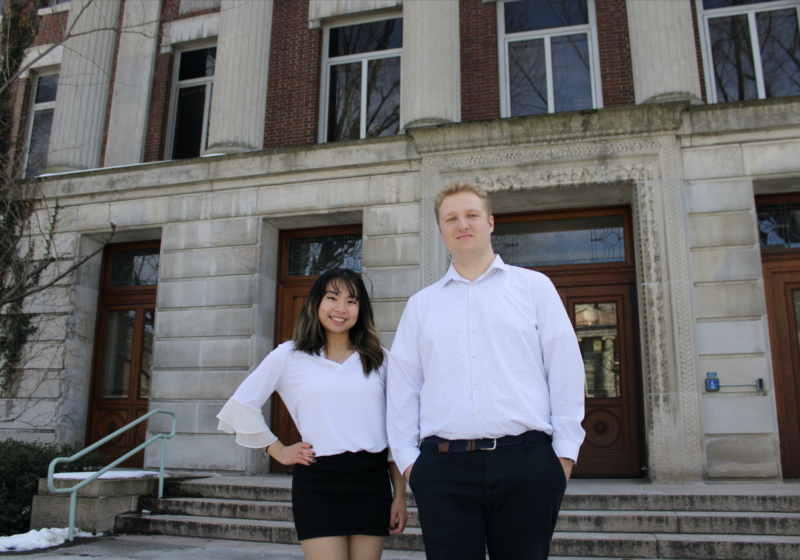When I think back to my first year on the running scene, I remember the conversations I had about my running with nonrunners. More often than not, these conversations would end up with me explaining that ‘No, I cannot run 100 meters in nine seconds” and ‘No, I cannot run a sub-four-minute mile.” These are endeavors that any long-distance runner, much less a beginning high school long-distance runner, can often only dream about. There is a disparity that many long-distance runners quickly realize exists between America’s knowledge of distance running and what America understands about any other sport.
Sure, I enjoy a good soccer game, but sit me down in front of an elite 5-kilometer race, 10K or marathon, and I’ll get into it more than the craziest football hooligan. I understand that not everyone has the desire to watch the Olympic marathon trials, but it is grotesquely beautiful.
The Olympics this year were great for Americans in distance running, but many people don’t even know it. Usain Bolt is a popular name, but what about Brian Sell, Ryan Hall or Dathan Ritzenheim? These names are those of but a few male marathoners who can be called elite distance runners.
I knew of Sell, Hall and Ritzenheim, but before Nov. 3, 2007, I had no idea how much I did not know about my own sport. When I awoke at 5 a.m. that morning to watch the Olympic trials with my teammates, I thought I would be tremendously bored watching a bunch of runners cover four or five loops of a course that boasts a record time of two hours, nine minutes and then some. Perhaps I did not realize that the pace conversion for such a record is actually faster than I’ve ever run a 5K.
My fears of boredom soon dissipated as I became as involved and excited as I have ever been for any race. Often traveling at sub-five-minute-per-mile pace for 26.2 miles, Hall won the race and captivated the running community as he dropped the other runners at the 13-mile mark and then put them away, running 14 miles and averaging 4:46 per mile, producing an Olympic trials record of 2:09:02 and beating second-place finisher Ritzenheim by two minutes.
While both Hall and Ritzenheim were dominant runners in the national high school and collegiate scene, many see Sell as a beacon of hope for his experience as a nobody.
Having never broken 10 minutes in a two-mile in high school, a standard that many high schoolers strive for, Sell dedicated his life after high school to become the best runner he could be. He is now a key part of the training group known as the Hanson-Brooks project, a fully sponsored elite level training team.
This past Olympic trial race he became the runner I most wanted to make the team, and the runner whose performance I cared about the most. He struggled through the competition and took third with 2:11:40, showing many such as myself the worth of hard work and determination. It is a goal of mine to one day run the distance of a marathon, but add the time factor and I simply chuckle and daydream.
Hall and Ritzenheim, as well as third-place finisher Sell are testaments to the growing strength of American distance running. Their performances at this past summer’s Olympics in Beijing added to that growing hope. There are not that many nonrunning people who would be able to tell you that this was the first time since 1974 that the United States had two runners (Hall and Ritzenheim) finish in the top 10 of an Olympic marathon.
Personally, I wanted to see Hall, Ritz or Sell medal in the race, but it was not to be. I hope that their and others’ accomplishments might one day reform the old questions about short-distance running and maybe add a few more meters to it. This is not to say that I expect, or want, people to ask, ‘What’s your best marathon?” when they meet a runner. My ambitions are to one day transverse the distance, but for right now, I would be happier with ‘What’s your best 5?” or ‘What’s your best 10K?”
Lang is a member of the class of 2011.




